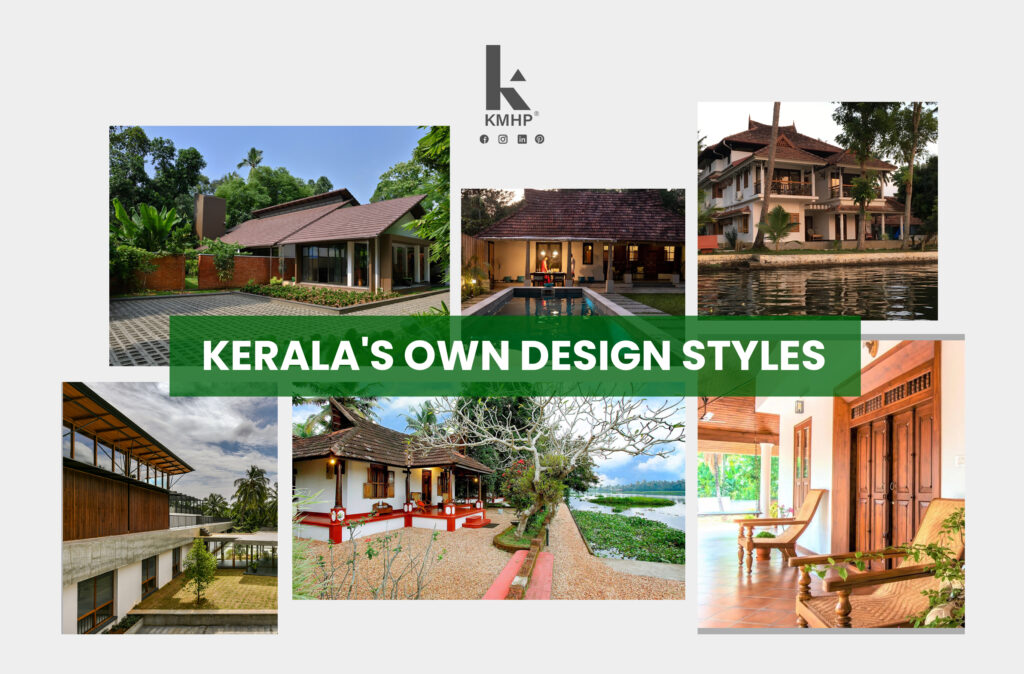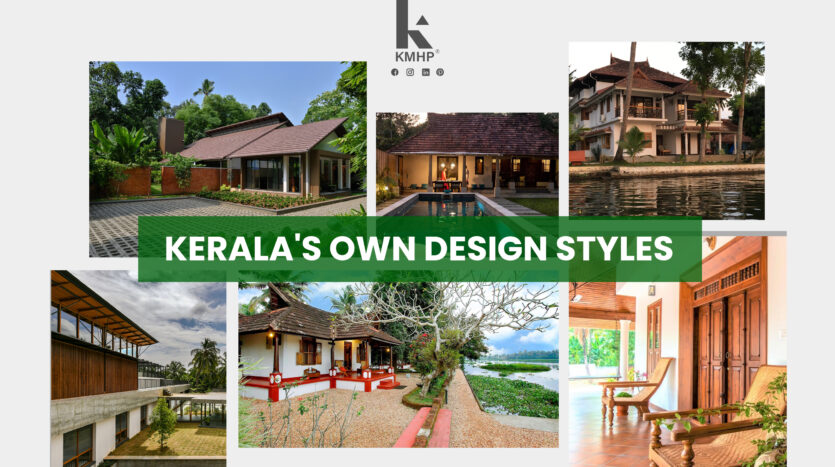When one hears the phrase “Kerala houses,” one conjures up images of a gloomy mansion with sloping tiled roofs, teak pillars, and dimly lit rooms, or perhaps a campy, glossy worded, flat-roofed two-story house that some today compare to Arabic houses. If you haven’t seen it yet, give it a try; you’ll find a plethora of fantastic designs.
Kerala’s architecture and design landscape has evolved into one of the most interesting in the country, particularly in the realm of residential design, thanks to these outliers. Tropical modern design thrives here, aided by beautiful geography, plenty of land to build on, and well-informed customers.

Kerala Design Inspiration
Mestri, or skilled carpenters and craftsmen, were the first architects in Kerala. They were constructed with the accuracy of a mathematician and the skill of a craftsman. But, in the late 1970s, a new generation of professional architects went shopping, forever altering the design landscape. Since then, the industry has grown tremendously, and the state now offers architectural studies and thousands of graduates.
Architects face a variety of challenges despite these changes. This is still a small market with stiff competition, and the audience isn’t always receptive to new ideas. Then there’s Delhi’s and Mumbai’s cabal-like grip on national media. While there are Malayalam-language décor magazines, most aren’t as discriminating as they should be, and scale and project wow-factor usually take precedence over quality considerations. Despite the fact that social media has provided a platform for many businesses to tell their own stories, anyone looking for an architect will still struggle to find reliable sources of information.
A distinct aesthetic
The indigenous design of Kerala is strong, with examples standing guard as if from another era. These structures are distinguished by lime-plastered walls, interlocking carpentry, sloping tiled roofs (essential for dealing with monsoon onslaughts), columned verandahs, teak and other hardwood elements, and courtyards that bring light and rain into the heart of symmetrical structures. Only a few of these naalukettu, or homesteads, have been preserved, but their legacy lives on. It has provided a regional flavour to newer designs, distinguishing them from others in the region and temperament.
Some of the newer residential architecture is inspired by Sri Lankan architect Geoffrey Bawa’s legacy, others by Argentine Ernesto Bedmar, and the use of brick is reminiscent of the late British-born Kerala-based icon Laurie Baker. Nonetheless, what is on offer is distinctive in that it addresses current concerns and lifestyles. We’ve put together a list of architectural practises that tell these modern Keralan stories. There are no fluorescent-colored houses here, of course.


